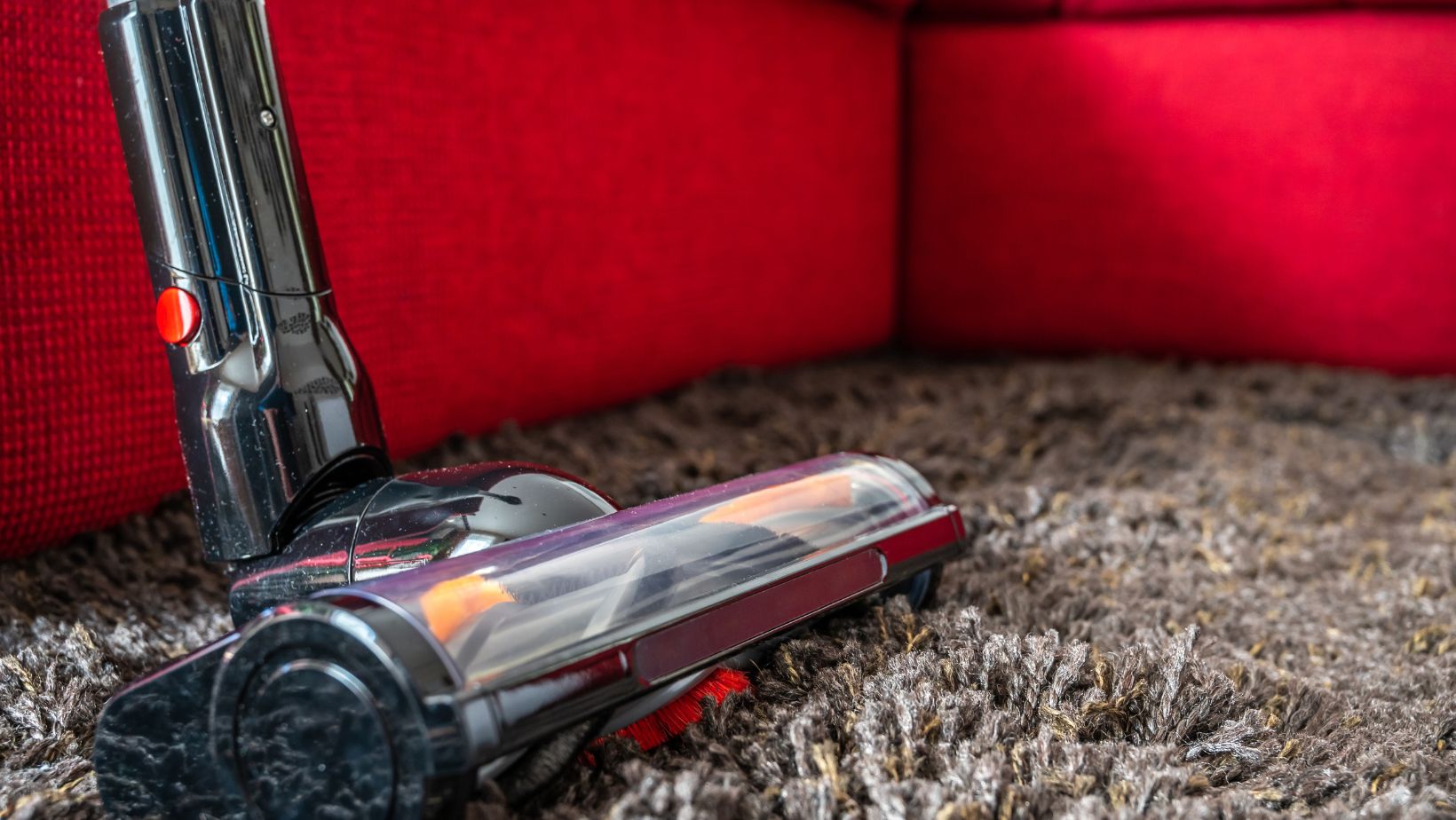Shark vacuum cleaners have gained popularity for their powerful suction and efficient cleaning capabilities. As a proud owner of a shark vacuum, I understand the importance of having a reliable battery to ensure uninterrupted cleaning sessions. The performance of any cordless device heavily relies on its battery life, and shark vacuums are no exception.
When it comes to the shark vacuum battery, there are a few key factors to consider. Firstly, the type of battery used in these vacuums plays a significant role in determining its overall performance. Shark vacuums typically come with Lithium-ion batteries, known for their high energy density and longer runtimes compared to other battery types.
Another important consideration is the runtime provided by the shark vacuum battery. Depending on the model you choose, you can expect varying levels of runtime before needing to recharge. This is crucial for larger homes or those with multiple floors that require extended cleaning sessions without interruptions.
Contents
Table of Contents
ToggleShark Vacuum Battery
Lithium-ion vs. NiMH: Which Battery Type is Best?
When it comes to choosing a battery for your Shark vacuum, two popular options are lithium-ion and NiMH batteries. Both have their advantages and disadvantages, so let’s dive into the details.
Lithium-ion batteries are known for their high energy density, meaning they can store more power in a smaller size. They offer longer runtimes and shorter charging times compared to NiMH batteries. Additionally, lithium-ion batteries maintain consistent power output throughout their charge cycle, ensuring efficient cleaning performance until depleted.
On the other hand, NiMH batteries are more affordable than lithium-ion counterparts. While they may not provide as long of a runtime or quick charging times, they still offer reliable performance for everyday cleaning tasks. If you’re on a budget or don’t require extended cleaning sessions, a NiMH battery could be a suitable choice.
Factors to Consider When Choosing a Shark Vacuum Battery
To ensure you select the right battery for your needs, consider these factors:
- Compatibility: Check if the battery is compatible with your specific Shark vacuum model before making a purchase.
- Runtime: Evaluate how long you typically use your vacuum during each cleaning session to determine the required runtime of the battery.
- Charging Time: Consider how quickly you’d like your battery to recharge between uses. If you prefer short charging times for minimal downtime, opt for a faster-charging option.
- Longevity: Look into the lifespan of different batteries and consider if longevity is an important factor for you.
- Cost: Assess your budget and compare prices among different battery options while keeping in mind that higher-priced batteries often come with improved features and performance benefits.

Pros and Cons of Different Shark Vacuum Battery Capacities
Battery capacity refers to its ability to hold electrical charge measured in milliampere-hours (mAh). Higher mAh ratings typically indicate longer runtimes, but there are a few things to consider:
Pros of higher battery capacities:
- Longer runtimes for extended cleaning sessions without recharging.
- Increased power output for enhanced suction performance.
Cons of higher battery capacities:
- Heavier batteries may contribute to increased vacuum weight.
- Longer charging times due to larger capacity.
Pros of lower battery capacities:
- Lightweight design for easier maneuverability.
- Faster charging times for quick turnaround between uses.
Cons of lower battery capacities:
- Limited runtime, requiring more frequent recharging during longer cleaning sessions.
- Lower power output may result in slightly reduced suction performance.
Remember, the right choice ultimately depends on your specific cleaning needs and preferences. Consider the trade-offs between runtime, charging time, and other factors to find the Shark vacuum battery that best suits you.

